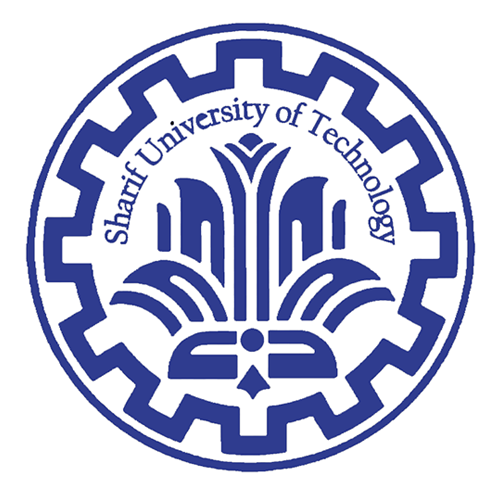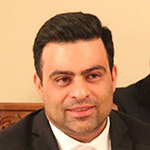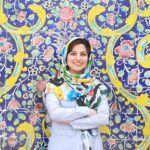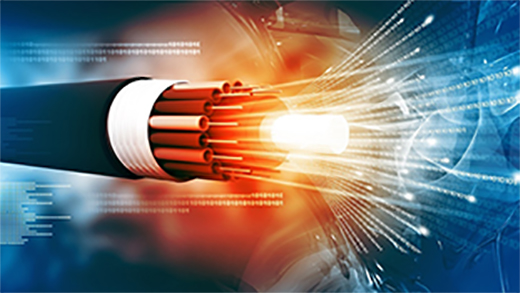Quantum Optics is a branch of Optics which is studied quantum mechanically. Quantum Mechanics was first established with Planck’s mathematical postulate to correctly describe black body radiation. This assumption later played a role in justification of photoelectric effect by Einstein, the experiment by which the idea of light quanta was strongly confirmed. But before Quantum Field Theory was founded, Quantum Mechanics by itself was unable to describe light. The reason lies in the fact that light, as the fastest thing that we know, should be considered relativistic too. Emergence of spontaneous emission as a result of considering quantized fields is a confirmation of this viewpoint. As a matter of fact, a consideration of fields as quantized is the only way to interpret all aspects of photoelectric effect (with atoms assumed).
Quantum Optics
Quantum Optics is a branch of Optics which is studied quantum mechanically. Quantum Mechanics was first established with Planck’s mathematical postulate (that light is composed of quanta of definite energy) to correctly describe black body radiation. This assumption later played a role in justification of photoelectric effect by Einstein, the experiment by which the idea of light quanta was strongly confirmed. But before Quantum Field Theory was founded, Quantum Mechanics by itself was unable to describe light. The reason lies in the fact that light, as the fastest thing that we know, should be considered relativistic too. Emergence of spontaneous emission as a result of considering quantized fields is a confirmation of this viewpoint. As a matter of fact, a consideration of fields as quantized is the only way to interpret all aspects of photoelectric effect (with atoms assumed).
After the first laser was built in 1960, experimental investigation of light began and the name “Quantum Optics” became customary. So far, various experiments have been made to confirm the concepts of the quantum theory. For example, measuring the path in experiments which involve extremely low-intensity light (single photon experiments) proves the particle nature of light.

Quantum Optics, on the one hand, has made it possible to test the predictions of Quantum Mechanics and fundamental physics with photons (e.g., optical tests of local hidden-variable theories), and on the other, provides access to Quantum Computing and Quantum Communication. Quantum Communication utilizes entanglement to encrypt and to safely send information. Quantum Computing takes advantage of doing simultaneous operations based on superposition.
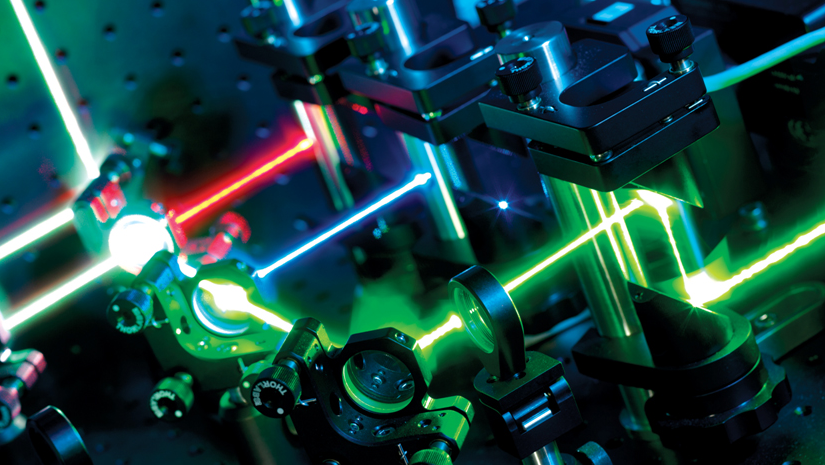
Some other research topics in Quantum Optics are as follows: photonic crystals, ultrafast and nonlinear optics, Bose-Einstein condensation and neutral Fermi gases, laser cooling, trapped ions, slow and stopped light, plasma physics and laser physics. Cavity Optomechanics, as a cross field of Quantum Optics and some other branches of physics, deals with the interaction of light and mechanical objects at low energies. The recent detection of gravitational waves was due to the research in this field. The other application of Cavity Optomechanics, in which we are interested, is the development of quantum memory for quantum computers.
We intend to apply a type of metamaterial (chiral mirror) to optomechanical systems to increase the entanglement of photons and phonons.
